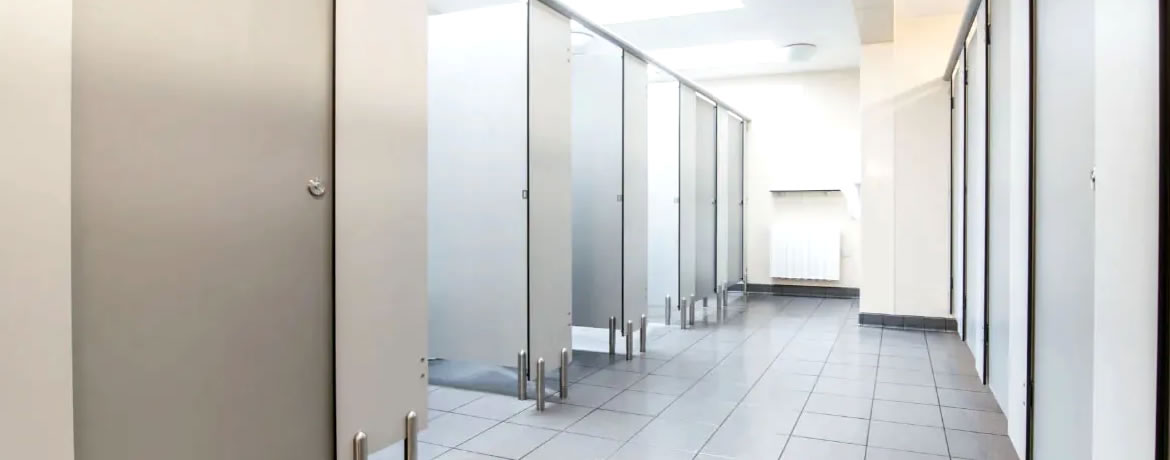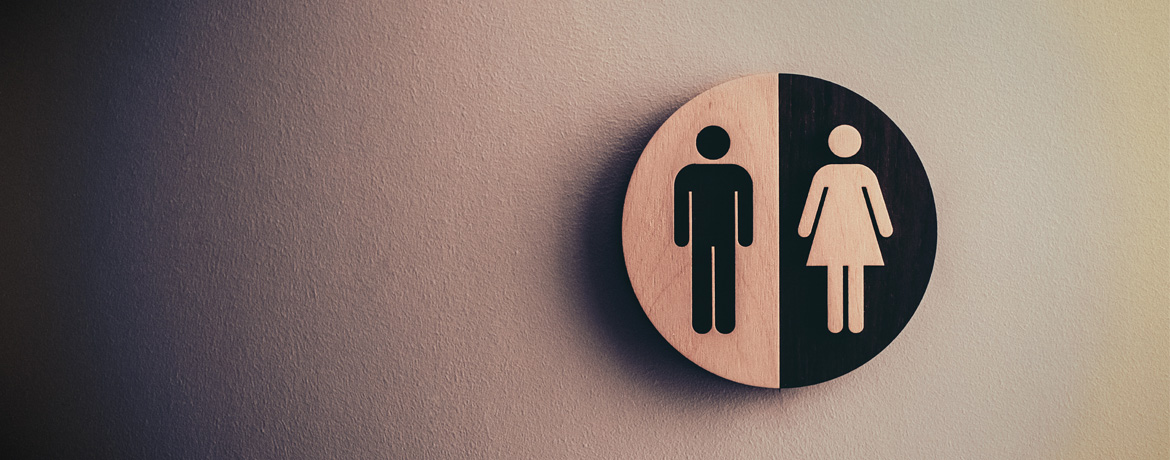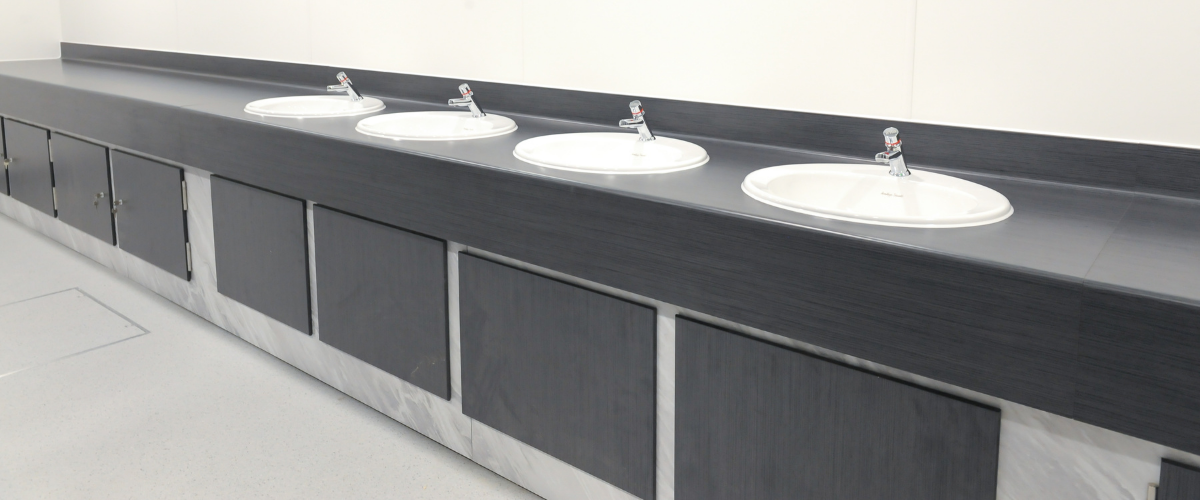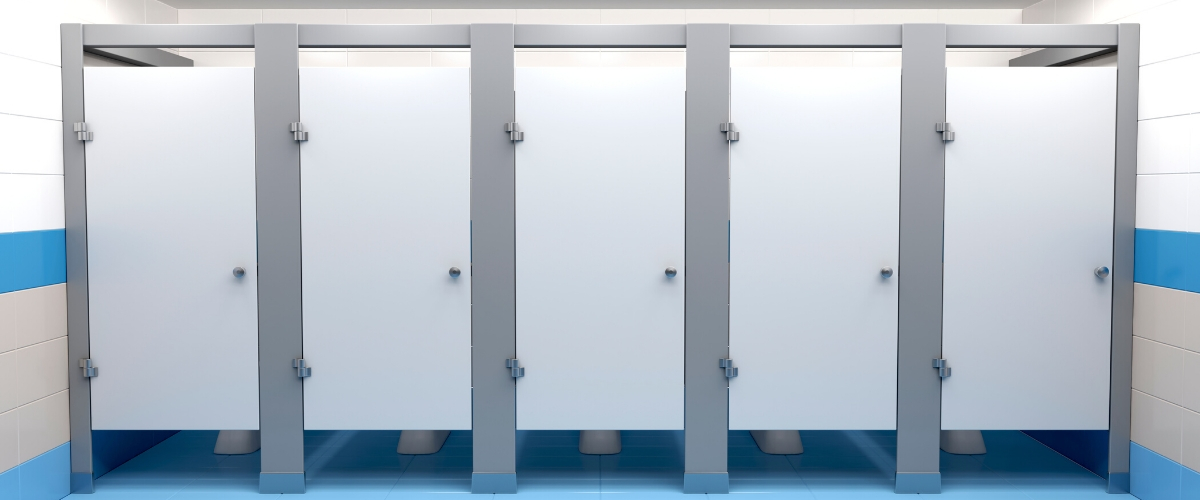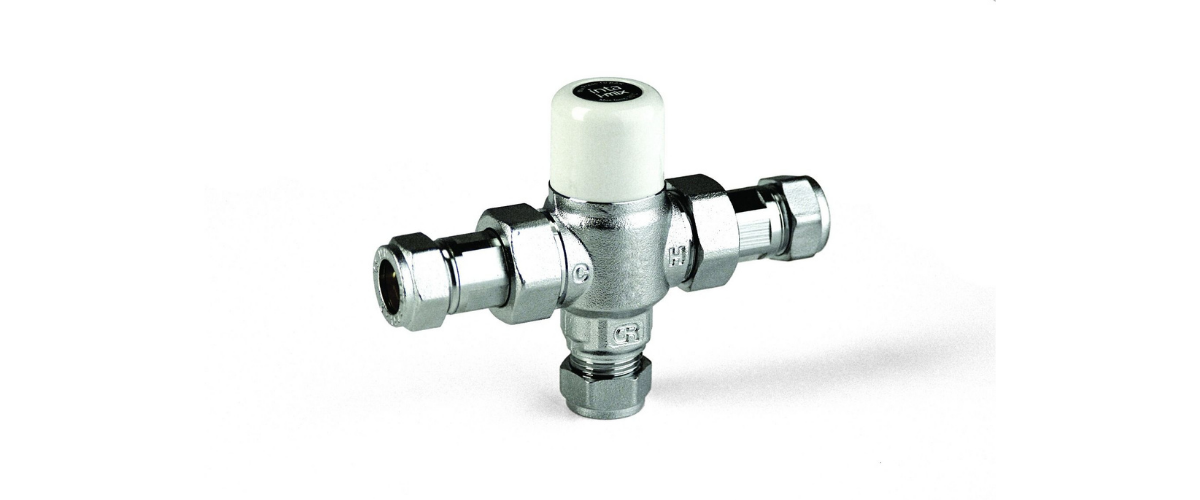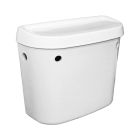How Do Toilet Cisterns Work?
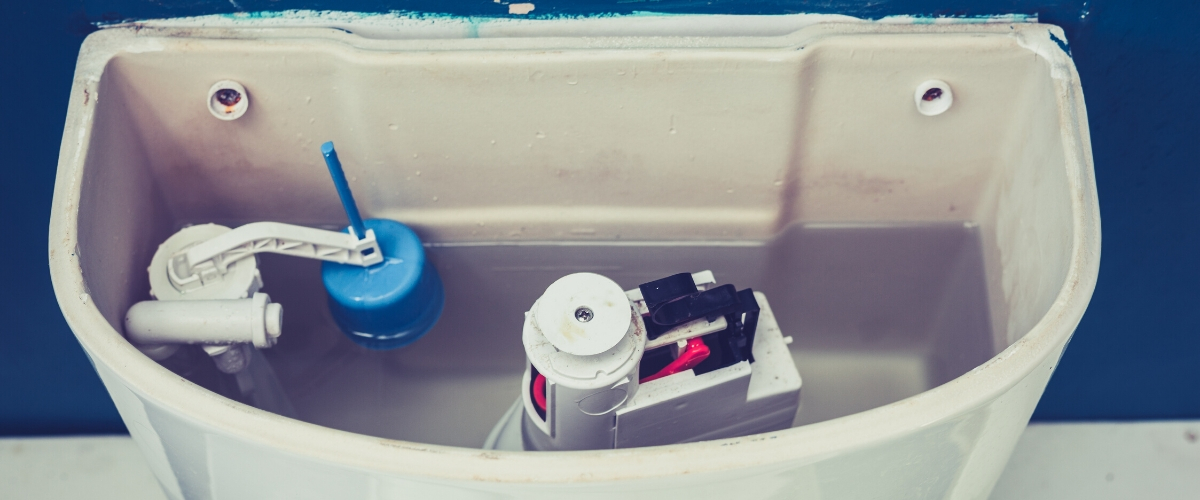
What is a toilet cistern?
The cistern is a vital component of the humble toilet, without it the waste would have no way of making it to the sewer. The toilet cistern is essentially a small tank which allows you to store cold water locally to the toilet. When we flush the toilet, this stored water flows through the toilet pan, rinsing it and pushing the waste through the U-bend and on into the sewer. Once emptied, the toilet cistern will then fill up automatically, ready for the next user.
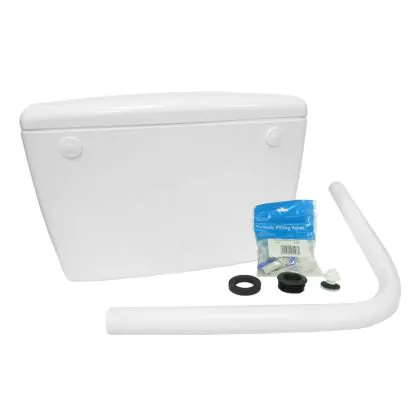

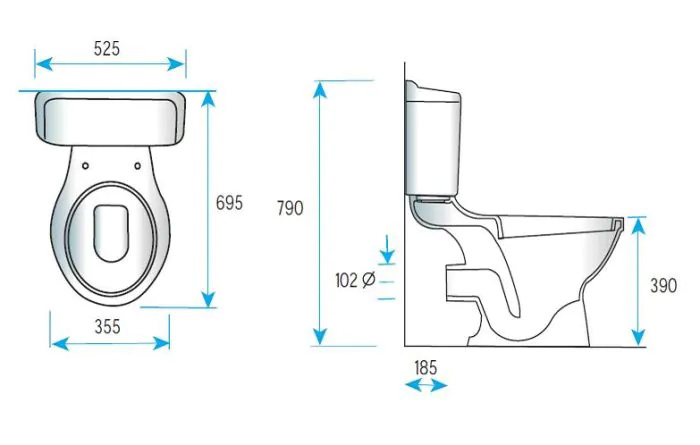

How a toilet cistern works
The toilet cistern is connected to a water feed which allows water to enter and fill up the cistern. There is a valve that will switch this water off when full. When we flush the toilet, the controls open an outlet at the bottom of the cistern, allowing the water to fall through an opening and down into the toilet pan. When emptied, the opening then closes to create a watertight seal and the mains feed is triggered to begin filling the toilet cistern again.
Types of toilet cistern
You’ll be most familiar with the cistern on a close-coupled toilet. This is the large rectangular section of the toilet that you have your back when seated. This is most commonly used in domestic settings and provides easy access to the internal plumbing of the cistern. However, close-coupled toilets are not widely used in the commercial setting as it is often less durable compared to back to wall and wall-hung toilets.
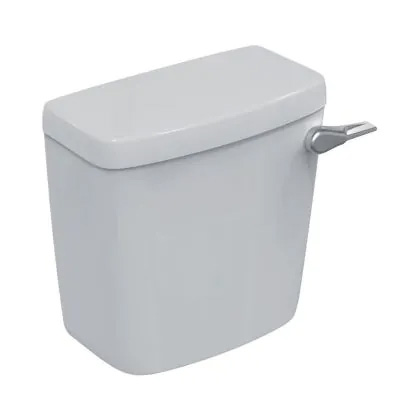

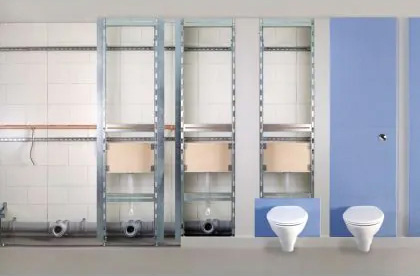

For both back to wall and wall hung toilets, a concealed toilet cistern is usually required. In most cases, this is hidden within a small void, or DUCT set away from sight. This is known as an integrated plumbing system (IPS). The benefits of using this set up is far-reaching. By concealing all the mains services, waste and toilet cistern behind a false wall, they are protected against accidental damage and tampering. They also leave the room with a hygienic, easy to clean wall surface with a toilet pan situated neatly against it.
Low-level cisterns are very similar to the close-coupled cistern, but instead of the cistern sitting on the rear of the toilet pan, there is an extended flush pipe which allows the toilet pan to be positioned further off of the wall. The low-level toilet and cistern set-up is used in scenarios where the waste point that the toilet connects in to is not tight to the rear wall, and allows the installer to locate the toilet pan further from the wall but also to connect the cistern on to the wall. The space between the all mounted cistern and the toilet is bridged using a flush pipe.
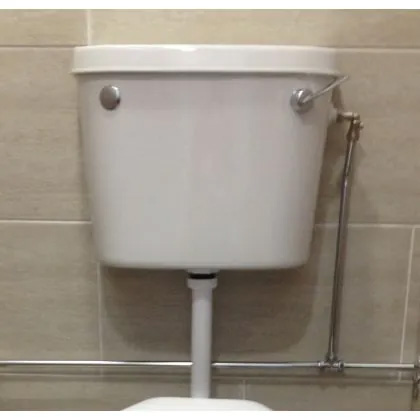

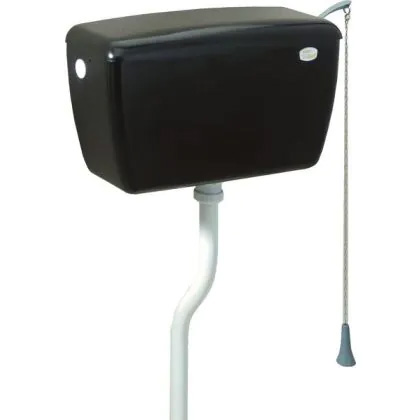

High-level toilet cisterns are very similar to low-level cisterns as they allow the toilet pan to be positioned further from the wall than a close-coupled toilet set-up. High-level cisterns are fixed to the wall at high-level which gives the added benefit of creating a "head of pressure" which ensures the water will flush the toilet with more pressure. This can be a great resolution for washrooms that are prone to blocked toilets as the head of pressure from the high-level cistern will clear the toilet bowl and immediate pipework much more effectively.
Toilet cistern controls
In order to release the stored water in the toilet cistern, a flush control needs to be activated. This might be a lever, a push button or a sensor. Sensors allow users to flush the toilet without having to physically touch the controls and is a strong move if you are looking to reduce the contact points in your washroom and improve personal hygiene.
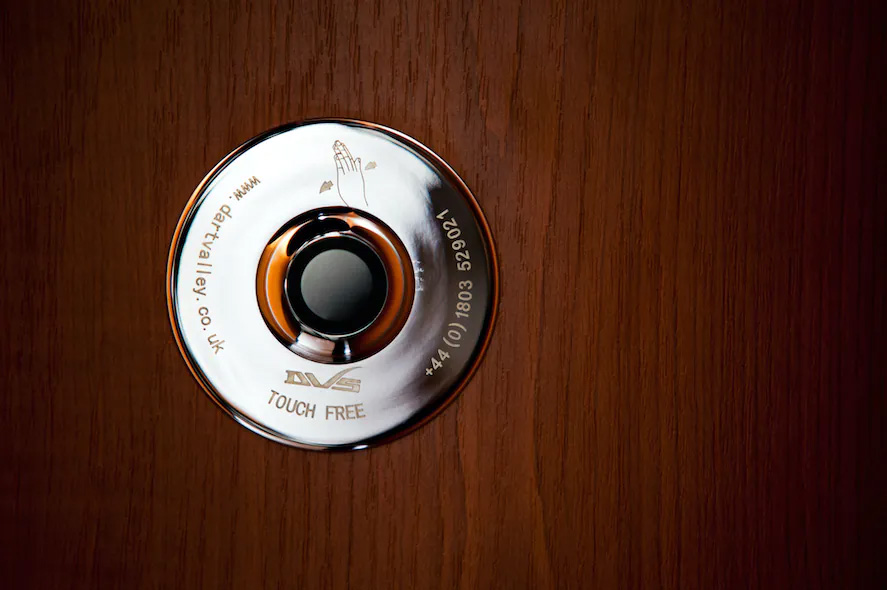

If you need further advice on which toilet cistern is needed for your washroom, or to discuss a wider washroom refurbishment, please get in touch with one of the team on 01202 650900.
MORE TO EXPLORE IN Related Posts

DVS Standard Concealed Plastic Cistern Kit - 1.5"

Armitage Shanks Regal Plastic High Level Cistern, Side Inlet


